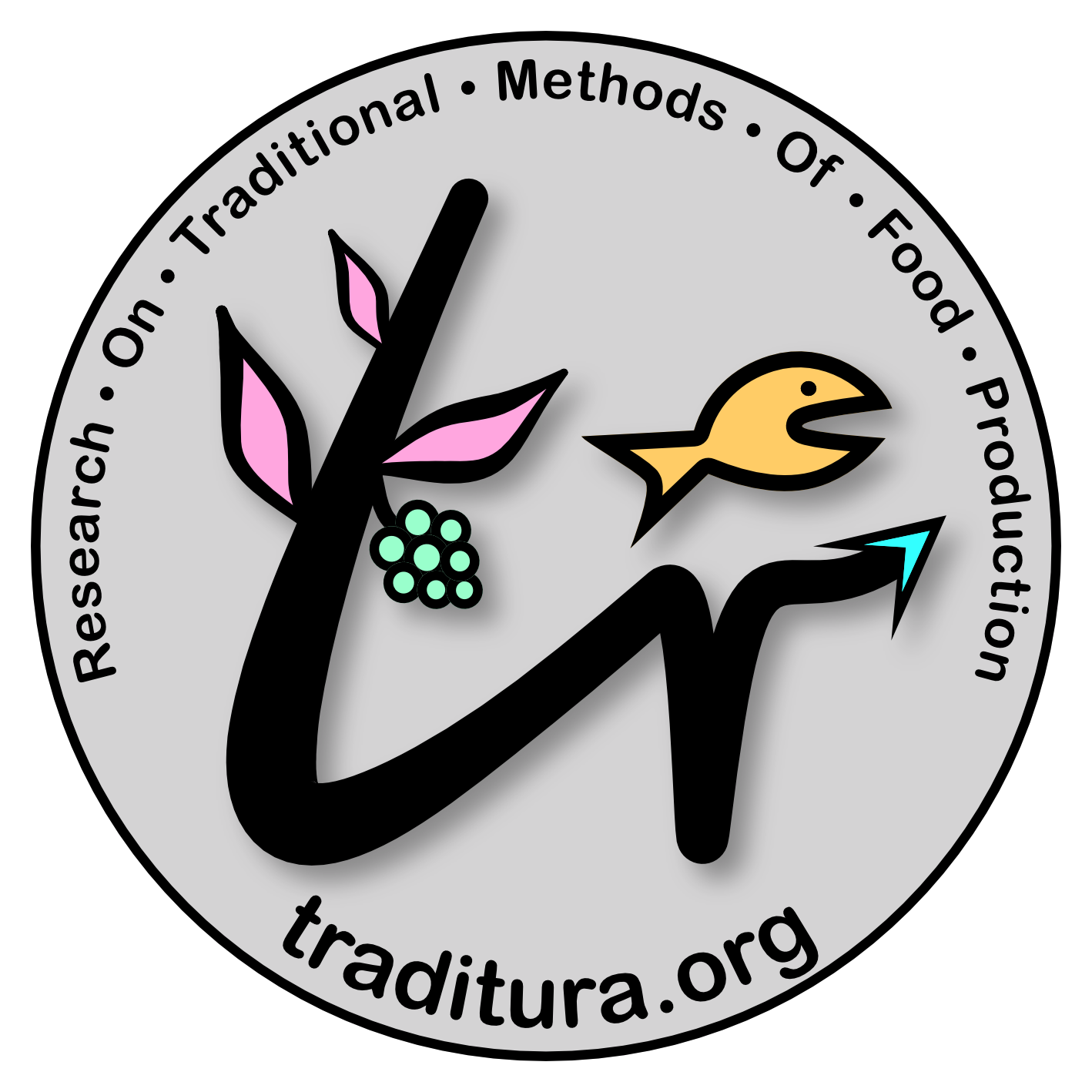- Details
- Category: Miscellaneous
The general term vegetables refers to all plant parts suitable for human consumption (e.g. leaves, fruits, tubers, stems) of herbaceous, wild or cultivated plants that are mainly consumed in a cooked state.1a)
- Details
- Category: Miscellaneous
Pulses, botanically known as Leguminosae or Fabaceae, are ripe, dried seeds of papilionaceous plants that ripen in so-called fruit pods, such as beans, peas and lentils.1)
- Details
- Category: Miscellaneous
The word cereal means "that which is carried". This refers to the grains of grasses.1a) The grain is therefore a fruit, not a seed, and its outer shell is the fruit skin.
- Details
- Category: Miscellaneous
Water is the basis of all life on earth. Whether as drinking water, energy source, transport medium, raw material or as a habitat for a multitude of plants and animals in streams, rivers, lakes, wetlands or seas - water is an important, if not the most important resource on our planet.
- Details
- Category: Miscellaneous
Having first defined the term food in previous articles and differentiated the German term "Lebensmittel" from the often synonymously used term "Nahrungsmittel", we will now give a rough overview of the various food groups and subgroups.
- Details
- Category: Miscellaneous
We talk about climate zones because national borders are man-made. And since flora and fauna are demonstrably not bound to these in their growth and spread, we organise our research trips roughly according to the five main climate zones, which are distinguished from each other by similar geophysical conditions (e.g. amount of solar radiation, air temperature):
- Details
- Category: Miscellaneous
As a food scientist, I am interested in the production of our food and I have already got to know some food and food production companies "from the inside".
In Germany, there are two terms for what we eat that are often used interchangeably. "Lebensmittel" and "Nahrungsmittel".











